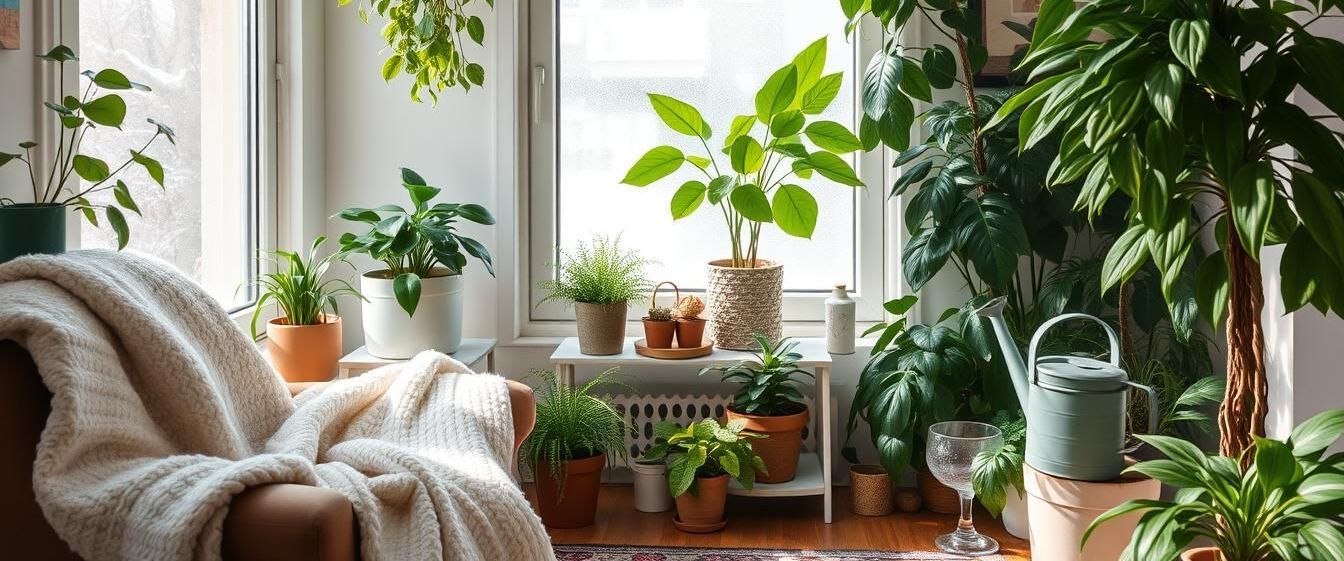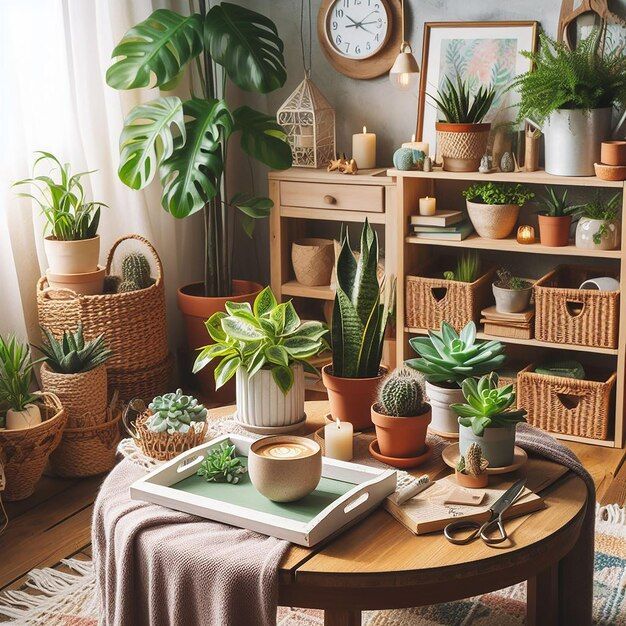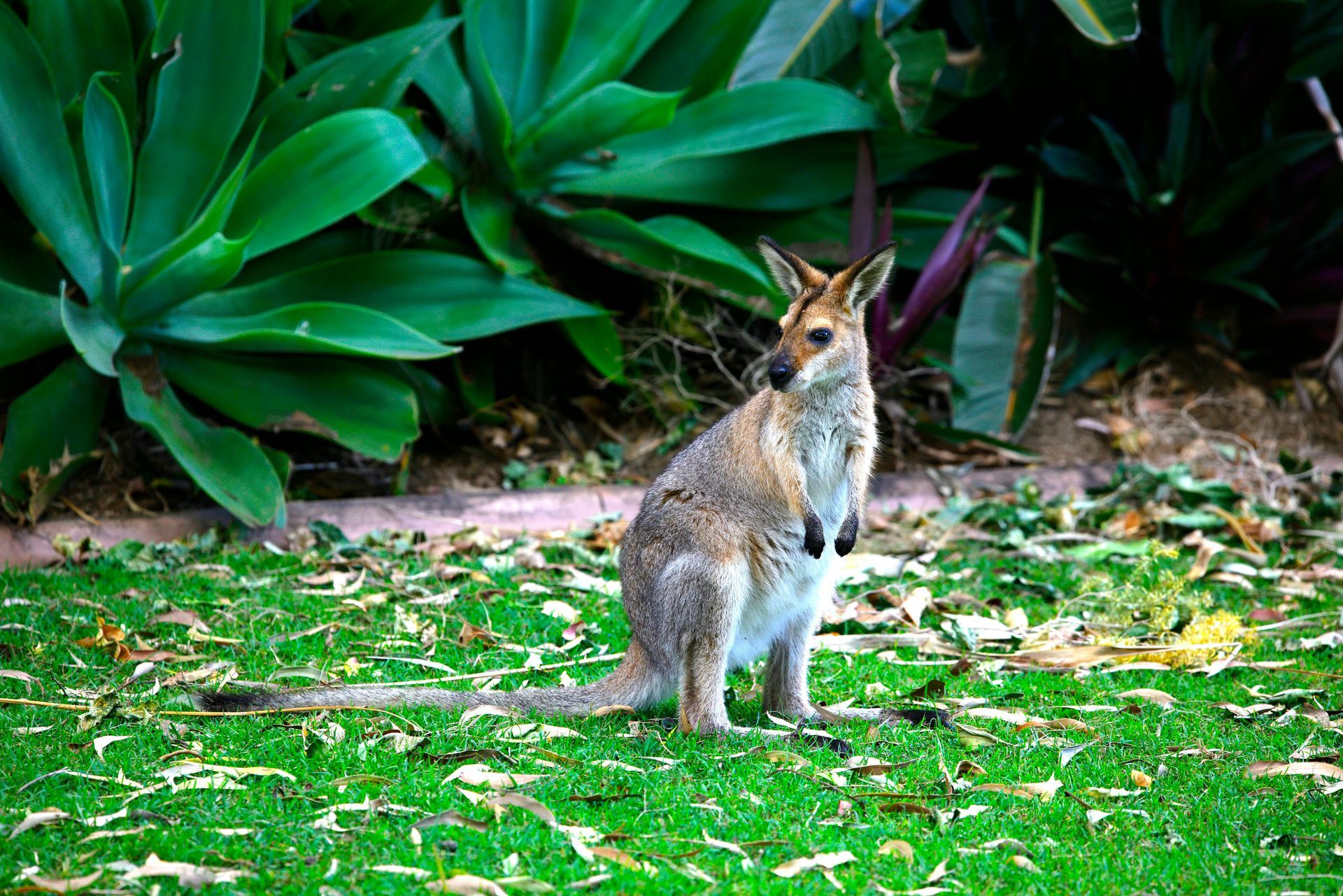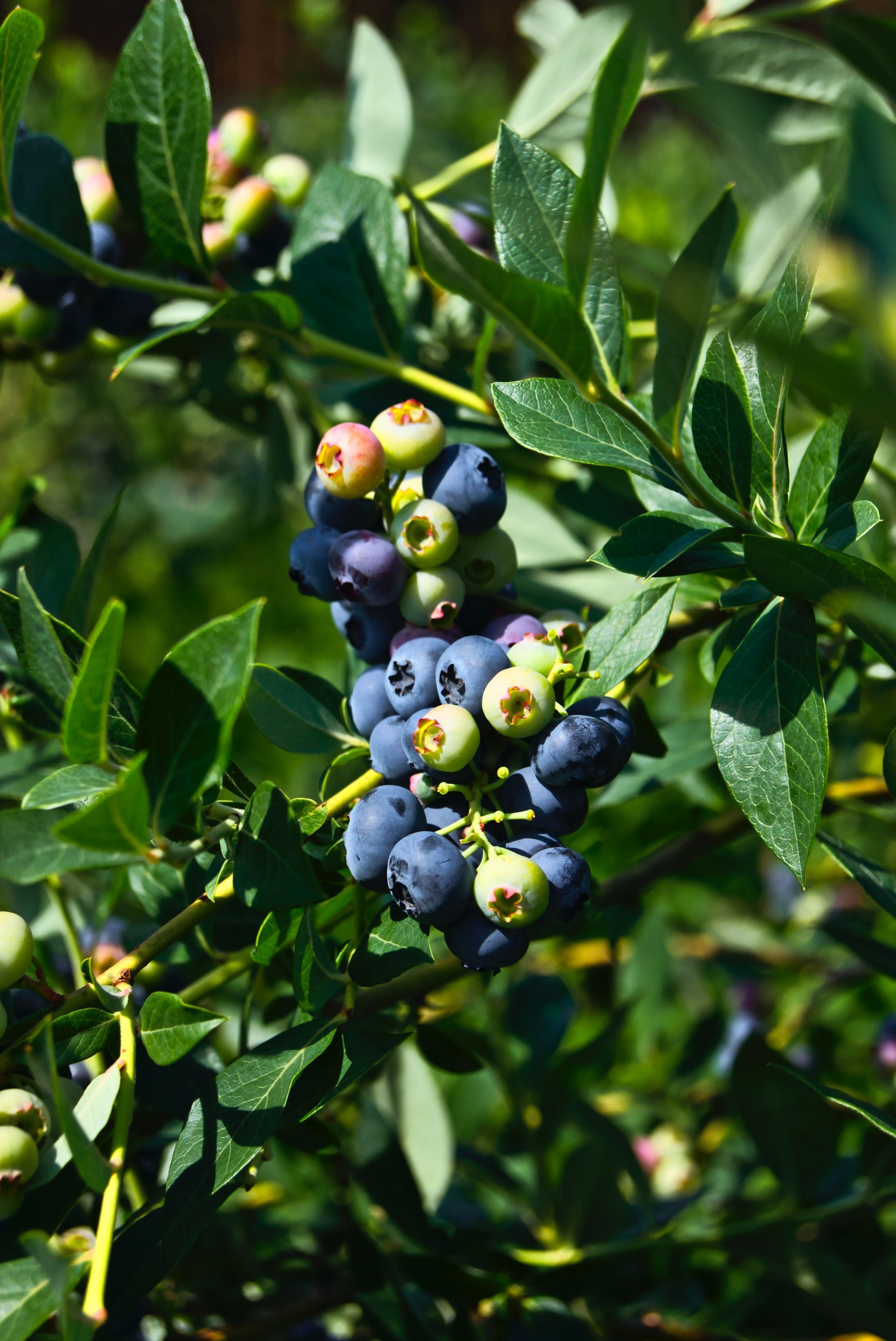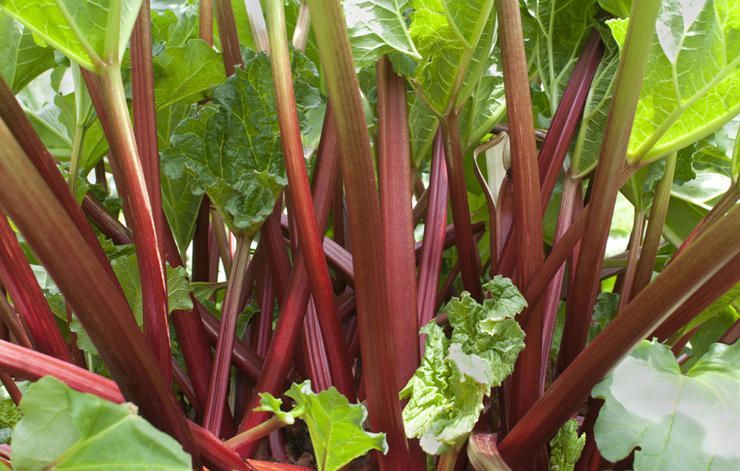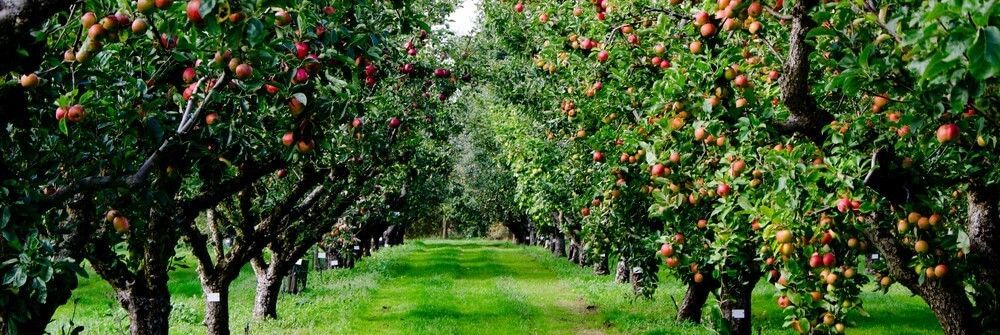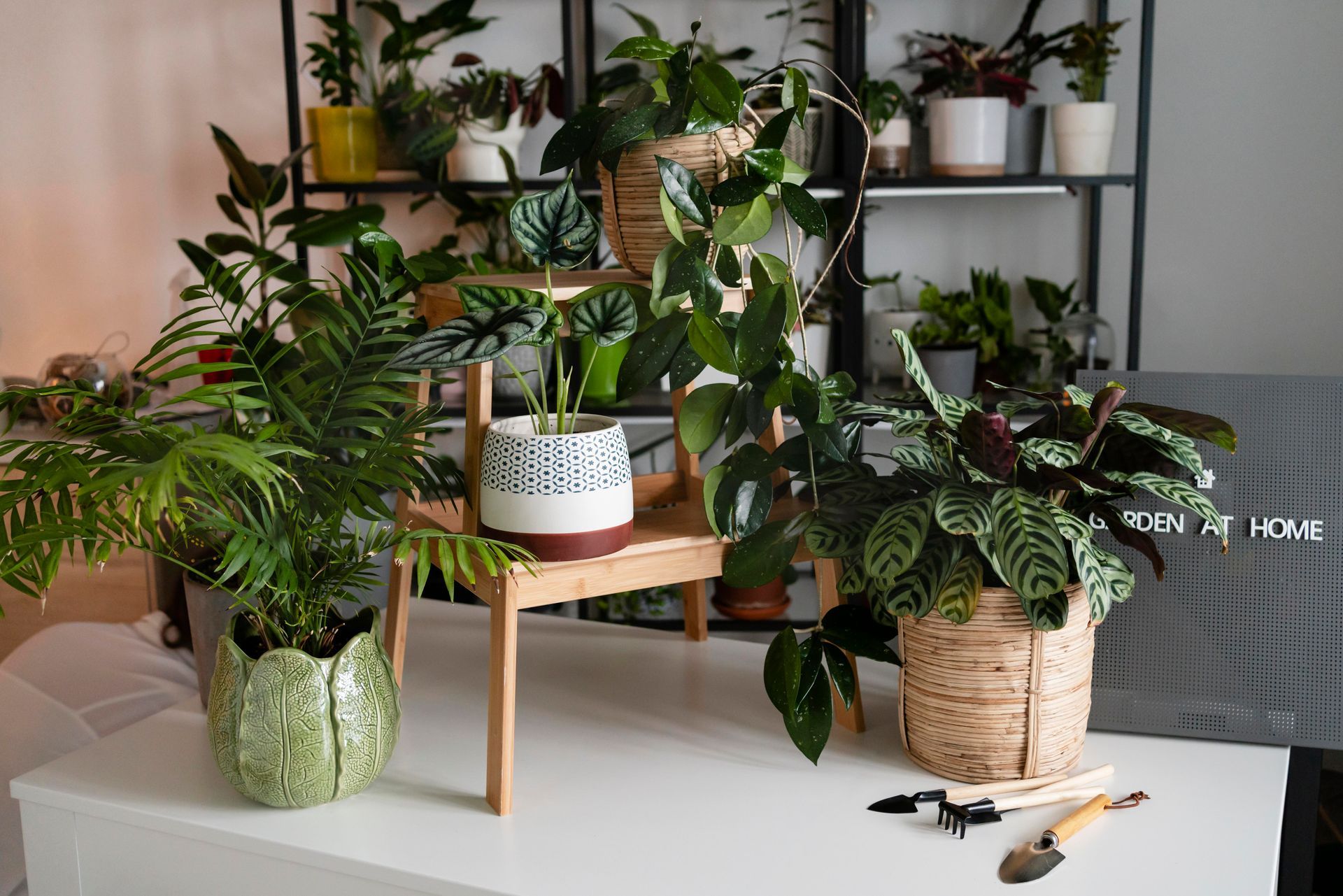With heaters running and windows closed, indoor humidity drops significantly.
- Keep plants away from heaters, fireplaces, or in the direct path of heat pumps, which can dry them out quickly.
- Avoid placing plants near chilly draughts or single-glazed windows overnight.
- Boost humidity with a humidifier, gentle misting, or by placing pots on trays filled with water and pebbles.

